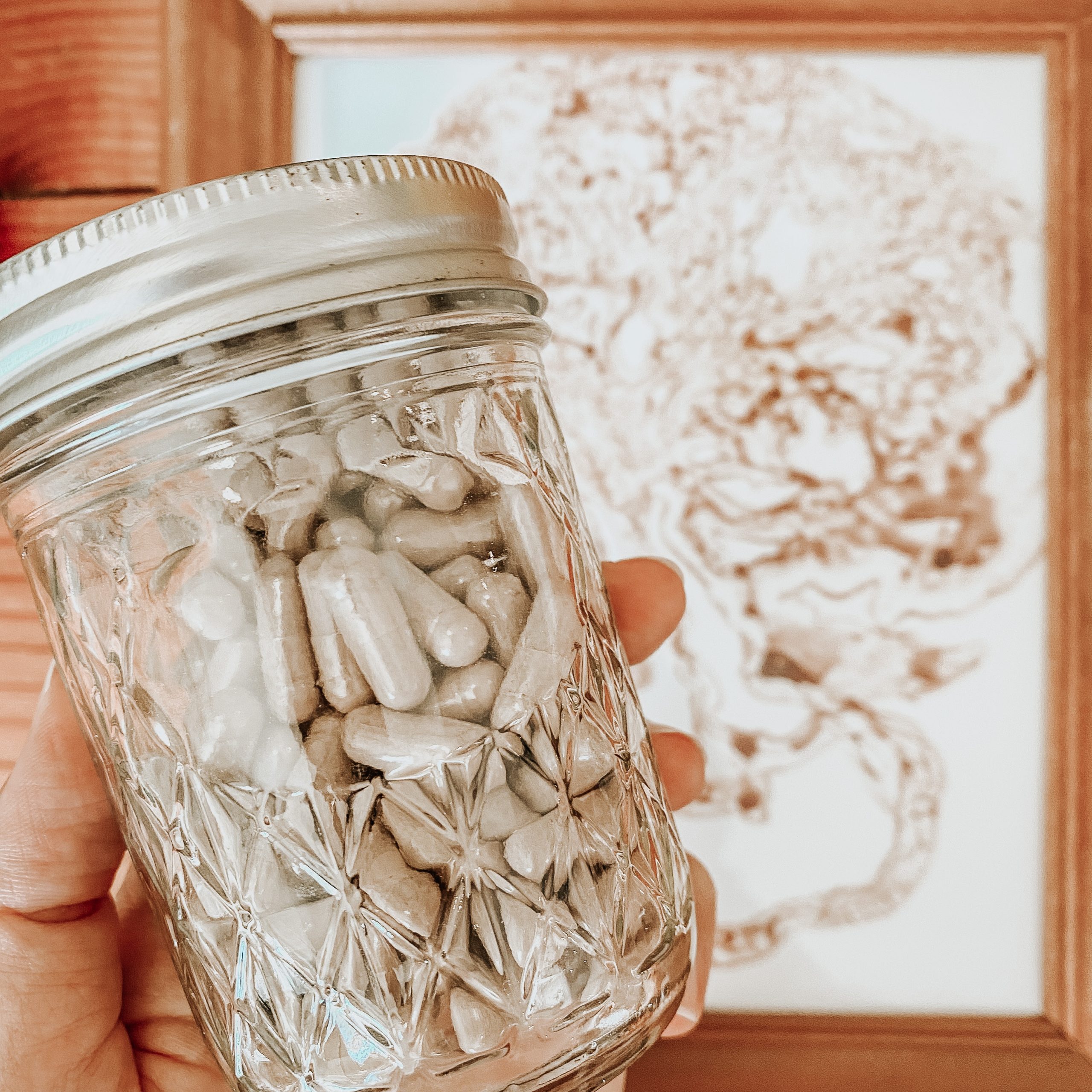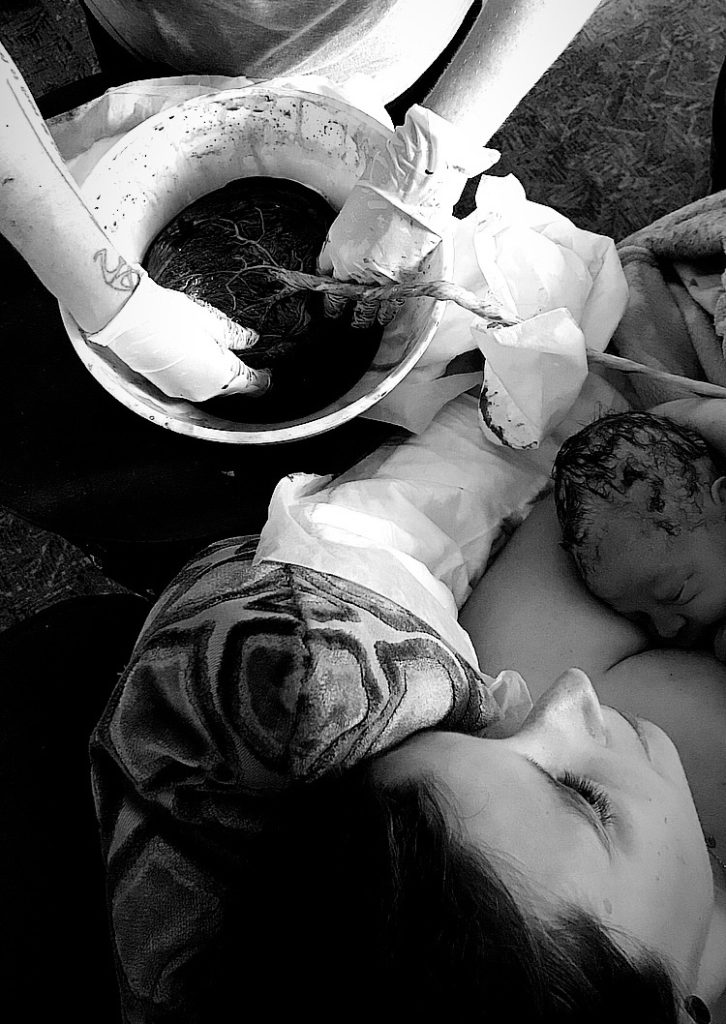
Are you currently in the season of planning for your birth or finalizing any of the decisions for this powerful experience? I see a lot of “tips for creating a birth plan” on the internet and one thing I can’t help but notice most of them miss is to plan on what to do with your placenta!
Your placenta- the third stage of birth.
Did you know your birth isn’t technically over until you have birthed your placenta? I know it’s pretty easy to forget once yo
u’ve worked so hard to get that baby in your arms. The placenta is the organ that your baby relies on for development throughout your pregnancy. It’s also the only organ considered to be a “disposable” organ, meaning it develops solely for that purpose and then leaves your body once a baby is birthed. Once the placenta is birthed, it signals your body to start making breast milk.
When I had my first baby, I paid zero attention to this incredible life-sustaining organ.
I also didn’t put much weight on the fact that it was a crucial part of the birth. I hate to admit it, but once my baby was born, they took the placenta out, asked me if I wanted to “see it,” and I said I didn’t care. Looking back, this was only minutes after my baby was born and there was no rush to get rid of it. I could have prepared my providers to ask me about it before moving up to the maternity unit of the hospital. Overall, I could have considered my options more when making my plans for birth.
Once I was pregnant with my second, I knew I would plan for the placenta.
I started to look into my options for ways of honoring this part of birth. I was planning a home birth with my second son, so it seemed more “normal” to keep your placenta. Although, you don’t have to have a home birth to plan for your placenta. Plenty of moms take theirs home from the hospital. There are cultures all around the world that have rituals and ways of honoring this special organ. I’m happy to see some of these rituals are becoming more popular for mothers here in the US.
So, what are some of the options?
- You can consume it. This can be done via encapsulation or tincture, or some mothers even put it in their smoothies. The benefits to doing this are anecdotal, and some mothers swear by it. I looked into this option and there was a Massachusetts company that provided you with the “take home” kit, and would come to your home to encapsulate it, as well as provide other services like making a tincture, and give your family with a mini-lesson on the placenta.
- You can bury it. This was the option I went with for my second birth and it’s a great option for people who don’t really know what to do with it. It doesn’t have to be a big ceremonial thing, or it can be. For some, it feels better to “put it back to the earth” versus considering it “waste.”You can pick a special place at home, bury it under a new plant or tree or bury it at the bottom of a large houseplant.
- You can make jewelry. Are we surprised? I’m currently wearing a ring made with breastmilk from my first son. It’s incredible that they can make jewelry keepsakes out of so many meaningful things these days… and this includes the placenta!
- Placenta prints. You can paint your placenta and make a print of it. Google it, and you’ll see some pretty cool art.
- Delayed cord clamping. In my opinion, this is a fancy way of saying, don’t cut the cord right after the baby is born and whisk the placenta away. I found it didn’t interfere with my space after birth. You’re most likely holding your baby lying down, all you need to do is place the placenta in a bowl right next to you until you’re ready to clamp and cut the cord. This option also gives you the chance to take a moment to appreciate this part of birth after you and your family have come down from the rush of your new baby being born. This would have been a great option for the first-time mom me who gave birth in the hospital and had no intention of bringing her placenta home.

So, if you’re planning for your upcoming birth, hopefully, this post prompted you to think about your whole birth and plan for your placenta, too!









